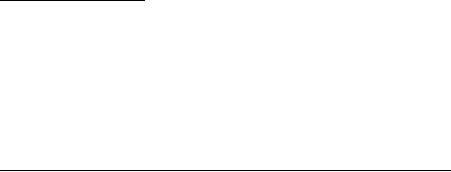 |
|||
|
Page Title:
Specific gravity range (applicable to type I only) |
|
||
| ||||||||||
|
|  MIL-R-60346C
4.3.6 Tensile strength . Five specimens per roving ball shall be tested in
accordance with ASTM D 2343. Class 1 of types I, III, and IV roving shall be
tested on specimens made with resin conforming to type I, class 1 of
MIL-R-9300. When testing class 2 roving, the polyester resin to be used shall
be as specified by the procuring activity. When testing class 3 roving, the
phenolic, silicone or other resin to be used shall be as specified by the
procuring activity. In the event of dispute with either class 1, class 2, or
class 3 roving, the resin to be used shall be selected by mutual agreement
between the supplier and procuring activity.
4.3.8 Specific gravity range (applicable to type I only) . Six specimens of
roving, each approximately 1/3 inch (1 centimeter) long, shall be heat cleaned
by exposure to a minimum temperature of 1202 F (650 C) for at least 10
minutes. (Note that the temperature of the heat cleaning process will
compact the filaments thereby increasing the actual specific gravity of the
virgin fibers. Hence, this method is only for identification of type I roving
and not a precise measurement of specific gravity of the virgin fiber.)
Three
heat cleaned specimens shall be dropped directly into a small container such
as a 1- 1/2 inch diameter test tube with a solution of 2.62 specific gravity
which was prepared by mixing 100cc of bromoform (specific gravity 2.84) with
19cc of trichloroethylene (specific gravity 1.46) in a well ventilated hood.
Prior to use, the solution should be well sealed to prevent density changes
due to evaporation. The roving specimens dropped into the solution shall be
allowed to wet out completely. Roving with a specific gravity of 2.61 or less
shall be checked for the lower end of the specific gravity range using a
mixture of 91cc of bromofoam and 28cc of trichloroethylene yielding a specific
gravity of 2.519. The roving specimens shall sink.
14
|
|
Privacy Statement - Press Release - Copyright Information. - Contact Us |